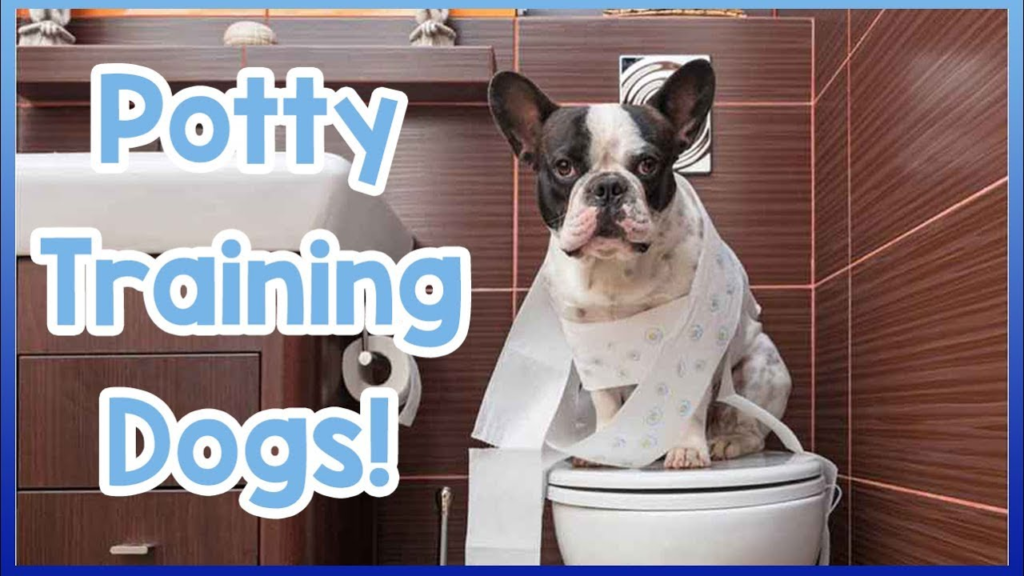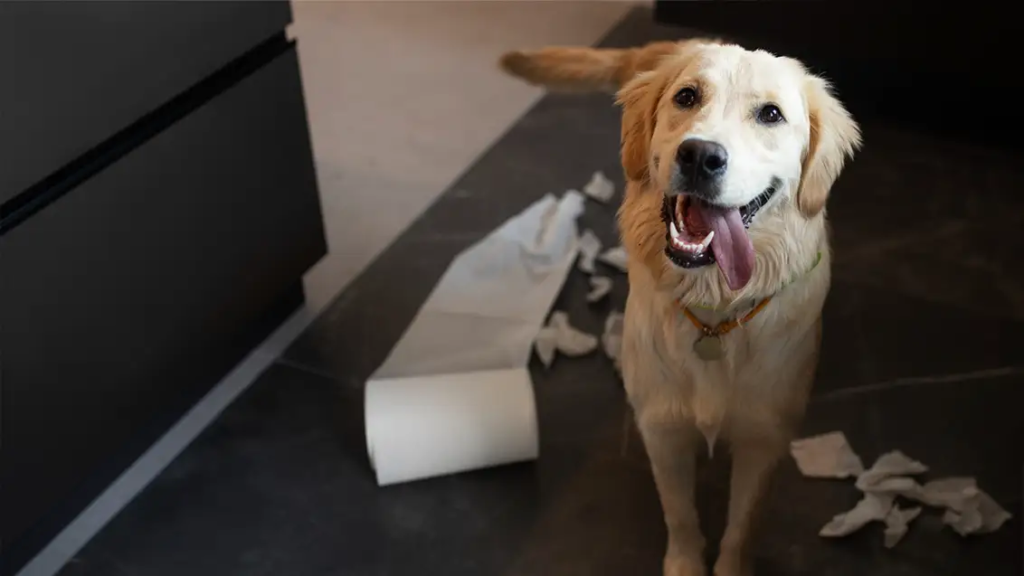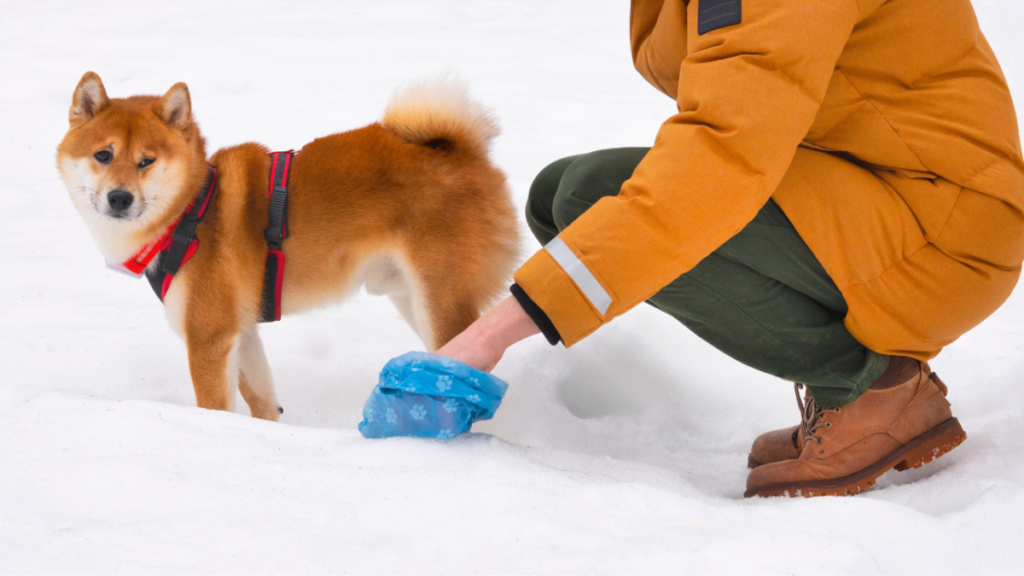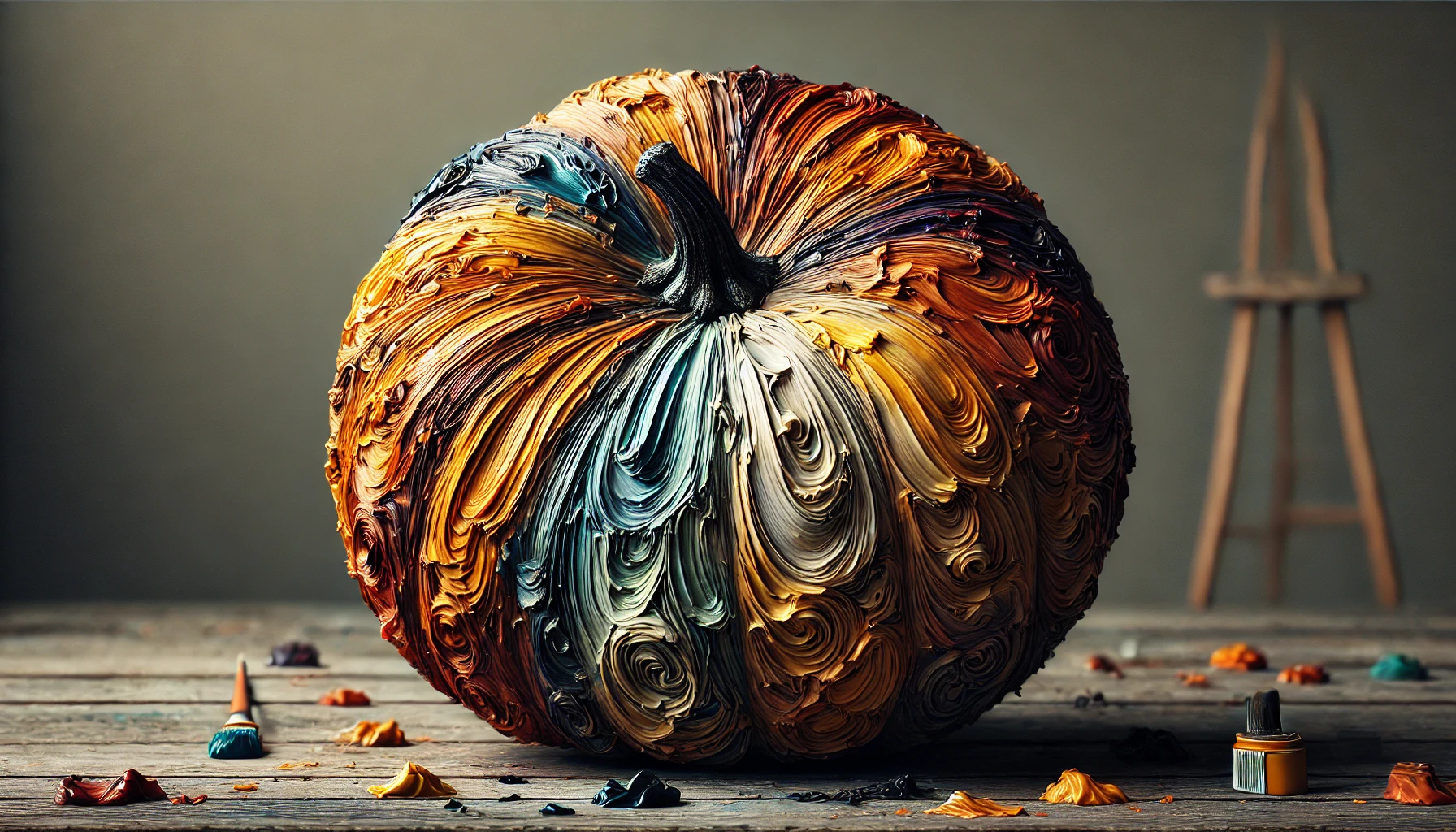Are you struggling to potty train your new puppy and wondering how to get it right fast? You’re not alone! For new dog owners, potty training can often seem like a daunting task. After all, you want to avoid endless cleaning, accidents in the house, and most importantly, create a healthy routine for your furry friend. But what if we told you there’s a way to effectively potty train a puppy in a way that’s both quick and stress-free?
In this blog, we’ll guide you through tried-and-tested strategies for successfully potty training your puppy. By understanding their needs and implementing a few smart techniques, you can make the process smoother and help your puppy learn faster. Let’s dive in and explore the best and fastest ways to potty train your new furry companion!
1. Understanding Potty Training Basics

Potty training is a critical step in raising a well-behaved and happy puppy. But before diving into the specifics, let’s explore why it’s so important and how to set your training up for success.
1.1: The Importance of Early Potty Training
Why is early potty training so crucial? For starters, it helps puppies establish positive bathroom habits right from the beginning. This not only keeps your home clean but also builds your puppy’s confidence. By creating a consistent routine, you’ll lay a strong foundation for a well-trained dog in the future.
1.2: Choosing the Right Time and Place for Training
Have you wondered why some puppies learn faster than others? Often, it comes down to timing and location. Puppies, like humans, are creatures of habit. They thrive on consistency. Choose a designated potty area, preferably a quiet spot in your yard, and stick to it. Take your puppy to the same place each time, using a gentle tone and commands. This reinforces the behavior you want to see.
1.3: Common Potty Training Challenges
Potty training a puppy can be tricky, and knowing what challenges to expect is half the battle. Here are a few common hurdles and how to tackle them:
- Frequent Accidents: This is completely normal at first. Be patient and focus on rewarding good behavior instead of punishing mistakes.
- Nighttime Potty Breaks: Puppies have small bladders. Ensure you’re prepared for late-night trips to the designated spot.
- Inconsistent Schedule: Lack of consistency can confuse your puppy. Stick to a schedule for feeding, playing, and potty times.
Understanding these basics will help you lay the groundwork for the next steps in successfully potty training your puppy. With the right approach, you’ll soon see noticeable progress!
2. Preparing for Potty Training

Potty training a puppy takes a bit of planning and preparation. By organizing the essentials and setting up a proper environment, you can streamline the entire process. Let’s dive into what you need to get started on the right foot.
2.1: Essential Supplies You’ll Need
Before you begin, it’s essential to gather the right supplies to help you and your puppy succeed. Here’s a list of must-haves:
- Puppy Pads: These are especially helpful for indoor training sessions or apartment living.
- Crate: A crate provides a safe and comfortable space for your puppy, which also helps with potty training.
- Leash and Collar: Essential for taking your puppy to the designated potty area consistently.
- Treats: Always have a supply of small, soft treats to reward successful potty breaks.
2.2: Creating a Designated Potty Area
Have you thought about where you want your puppy to do their business? Choosing a specific potty area is key. This spot should be easy to access and free from distractions. When you take your puppy there regularly, they’ll start associating that location with the task at hand. Over time, this consistency will significantly reduce accidents around the house.
2.3: Setting a Consistent Schedule
Consistency is the cornerstone of successful potty training. Puppies learn best when their routine is predictable. Here’s a basic schedule to follow:
- Morning: Take your puppy out first thing after waking up.
- After Meals: Allow some playtime, then take your puppy out for a potty break.
- After Naps: Puppies need to relieve themselves after sleeping, even if it’s a quick nap.
- Before Bedtime: A final trip to the designated potty area will reduce overnight accidents.
Creating a consistent schedule not only teaches your puppy where and when to go, but it also helps establish a routine that they can rely on. Remember, every puppy is different, so be prepared to make minor adjustments based on your puppy’s progress!
Why Are Dogs, Cats, and Sharks Trending? Exploring the Internet’s Favorite Animals
3. Step-by-Step Potty Training Techniques

When it comes to potty training, having a step-by-step approach is crucial. But where should you start, and what methods work best? Let’s explore some of the most effective techniques for successfully training your puppy to avoid accidents in the house.
3.1: Crate Training: How to Use It Effectively
Crate training is an essential method in the potty training process. But how does it help? Dogs naturally avoid soiling their sleeping area, so using a crate as a designated safe space can encourage your puppy to hold their bladder. Start by introducing the crate as a positive, cozy place for your puppy. Remember, it’s not meant to be a punishment but a training tool! Gradually increase the time your puppy spends in the crate and take them to the potty area immediately after letting them out.
3.2: Positive Reinforcement: Treats and Praise
Ever wondered why some dogs respond so well to training? It often comes down to positive reinforcement. When you potty train a puppy, using treats and verbal praise immediately after they successfully relieve themselves is key. Make sure the praise is enthusiastic and consistent your puppy will quickly associate good behavior with rewards.
3.3: Timing and Frequency: When and How Often to Take Your Puppy
Timing is everything when potty training a puppy. A good rule of thumb is to take your puppy to the designated potty area every 1-2 hours. Additionally, take them out:
- First thing in the morning
- After meals or drinking water
- After naps or playtime
- Before bedtime
This routine helps your puppy build a reliable schedule and reduces the likelihood of accidents.
3.4: Correcting Accidents Without Punishment
Accidents will happen it’s a natural part of the process. But what’s crucial is how you respond. Instead of punishing your puppy, which can create fear and confusion, focus on redirecting their behavior. If you catch them in the act, calmly interrupt them and guide them to the designated potty area. Praise them if they finish there to reinforce the right behavior.
By following these techniques, you’ll establish a clear and structured process for potty training your puppy. Remember, consistency and patience are the keys to a successfully trained dog!
4. Establishing a Routine

Creating a consistent routine is essential for potty training a puppy. Just like people, puppies thrive on routines they provide structure and predictability, making the entire process easier for both you and your new furry friend.
4.1: Morning, Afternoon, and Nighttime Training Routines
Have you ever wondered why puppies seem to have a lot of accidents early on? Often, it’s because they don’t have a clear routine. To avoid this, establish a training schedule that includes set times for potty breaks:
- Morning: Take your puppy out as soon as they wake up.
- Afternoon: After meals and during active playtime.
- Nighttime: A final potty break right before bed to prevent overnight accidents.
4.2: Feeding and Potty Timing Correlation
Did you know that feeding schedules directly impact your puppy’s potty routine? By feeding your puppy at the same times every day, you can anticipate when they’ll need to go out. Generally, puppies need a potty break 15 to 20 minutes after eating, so plan accordingly.
4.3: How to Adjust Routines Based on Your Puppy’s Progress
Not all puppies learn at the same pace, and that’s perfectly normal. It’s important to adjust the potty training routine based on your puppy’s development. If they’re having fewer accidents, gradually extend the time between potty breaks. On the other hand, if you notice increased accidents, consider shortening the intervals until they regain control.
Building and maintaining a consistent routine helps your puppy learn what to expect and when, leading to fewer accidents and a smoother training process.
5. Troubleshooting Common Issues

Even with the best plans, potty training doesn’t always go smoothly. Puppies can be unpredictable, and you might face a few challenges along the way. Let’s explore some common issues and how to address them effectively.
5.1: Dealing with Accidents: What to Do
It’s frustrating when accidents happen, but it’s crucial to stay calm and composed. If you catch your puppy in the act, use a firm but gentle “no” to interrupt them and then guide them to the potty area. Clean up accidents thoroughly to remove lingering scents, as puppies may return to spots with residual odors.
5.2: Signs Your Puppy Isn’t Ready for Outdoor Potty
Are you struggling to get your puppy to go potty outside? It could be a sign that they’re not yet comfortable with the outdoors. Look for signs like hesitation, sniffing around nervously, or trying to retreat indoors. If this happens, take it slow. Spend time with your puppy in the designated potty area without pressuring them, and use treats to create a positive association.
5.3: Addressing Nighttime Potty Breaks
Nighttime accidents are common for young puppies due to their small bladders. To address this, consider setting an alarm to take them out at least once during the night. As your puppy grows, you can gradually phase out nighttime breaks as they develop better bladder control.
Troubleshooting these issues with patience and consistency will help your puppy feel more secure and confident during the training process.
6. Tips for Faster and Stress-Free Potty Training

Potty training a puppy can feel overwhelming, but there are strategies you can use to speed up the process and make it less stressful for both of you. Let’s explore some practical tips to help you along the way.
6.1: Using Commands to Train Faster
Have you considered using commands to make potty training more efficient? Introducing a simple command like “Go potty” every time you take your puppy to their designated spot helps them associate the words with the action. Over time, this will help your puppy understand what’s expected of them and speed up the process.
6.2: Avoiding Negative Reactions: What to Never Do
Negative reactions, such as yelling or punishing your puppy for accidents, can set back their training. Puppies don’t understand punishment the way humans do, and harsh reactions may only cause confusion and fear. Instead, focus on redirecting and rewarding good behavior to create a positive learning environment.
6.3: Making Potty Training Fun and Rewarding
Believe it or not, potty training can be a fun bonding experience. Use positive reinforcement, like treats and praise, and try to turn training into a game. Celebrate small wins, and remember to be patient with your puppy. They’re learning something completely new, and your encouragement will keep them motivated.
By using these strategies, you’ll not only speed up the potty training process but also create a stronger bond with your puppy based on trust and positive reinforcement.
What is the 10 minute rule for potty training?
The 10-minute rule suggests taking your puppy to their designated potty area every 10 minutes during active times, like after playtime, meals, or naps. This helps reinforce good habits and reduce accidents.
Can an 8-week-old puppy be potty trained?
Yes, an 8-week-old puppy can start potty training. While they won’t be fully trained yet, starting early establishes routines and helps them learn where and when to go.
What is the 3-day potty method?
The 3-day potty method involves intense, consistent supervision and frequent potty breaks over a short period (typically three days). The idea is to provide constant guidance to create a rapid learning curve for the puppy.
How to begin potty training?
To start potty training, choose a designated potty area, create a consistent schedule, and use positive reinforcement like treats and praise. Stay patient and focus on rewarding good behavior rather than punishing accidents.
Conclusion
Potty training a puppy might seem challenging at first, but with the right techniques and a little patience, it’s a goal you can achieve sooner than you think. Remember, every puppy is unique and may require a slightly different approach. So, as you embark on this journey, ask yourself: Are you ready to stay consistent and celebrate small wins along the way? The key to success is creating a routine, reinforcing positive behavior, and being patient during setbacks.
Think of potty training not just as a task, but as an opportunity to build trust and a stronger bond with your puppy. The consistency you establish now will set the stage for a well-behaved dog in the future. And don’t forget mistakes are just part of the learning process. So, if accidents happen, view them as a chance to adjust and fine-tune your training.
By following these guidelines, you’ll not only have a housebroken puppy, but you’ll also develop the confidence to tackle future training challenges. After all, every step you take today lays the groundwork for a happy, healthy, and obedient dog tomorrow. Good luck on your potty training journey! Are you ready to get started?
FAQs
-
How to housebreak a puppy?
Housebreaking a puppy involves setting up a consistent schedule for feeding and potty breaks, using a designated potty area, and rewarding them with treats and praise when they go in the right spot.
-
How to house train your dog?
House training a dog is similar to potty training a puppy. Create a routine, designate a potty area, and use positive reinforcement. Consistency and patience are key to successful house training.
-
Best way to toilet train a puppy?
The best way to toilet train a puppy is to set up a regular schedule, use positive reinforcement, and keep accidents to a minimum by supervising your puppy closely.
-
House training a puppy in 5 days
While complete training in 5 days is ambitious, you can make significant progress by consistently taking your puppy to the designated potty area every 1-2 hours, reinforcing success with treats, and closely monitoring for signs they need to go.
-
At what age should a puppy be potty trained?
Most puppies start potty training at around 8 weeks of age, and by 4 to 6 months, they typically have better control and understanding of the routine.
-
How long does it take to toilet train a puppy?
On average, it takes about 4 to 6 months to fully toilet train a puppy. However, this varies based on the breed, age, and consistency of training.
-
What is “Men with Mommy Issues”?
Have you ever come across the term “mommy issues” and wondered what it really means especially when it’s applied to men? […]
-
How to Respond When a Guy Calls You “Mommy”
Have you ever been called “mommy” by a guy and found yourself caught between amusement, confusion, and maybe a hint of […]
-
Creative Ways to Say ‘Have a Great Weekend’ in Professional Emails
Have you ever noticed how the simplest phrases can become routine, losing their impact over time? In the hustle and bustle […]









